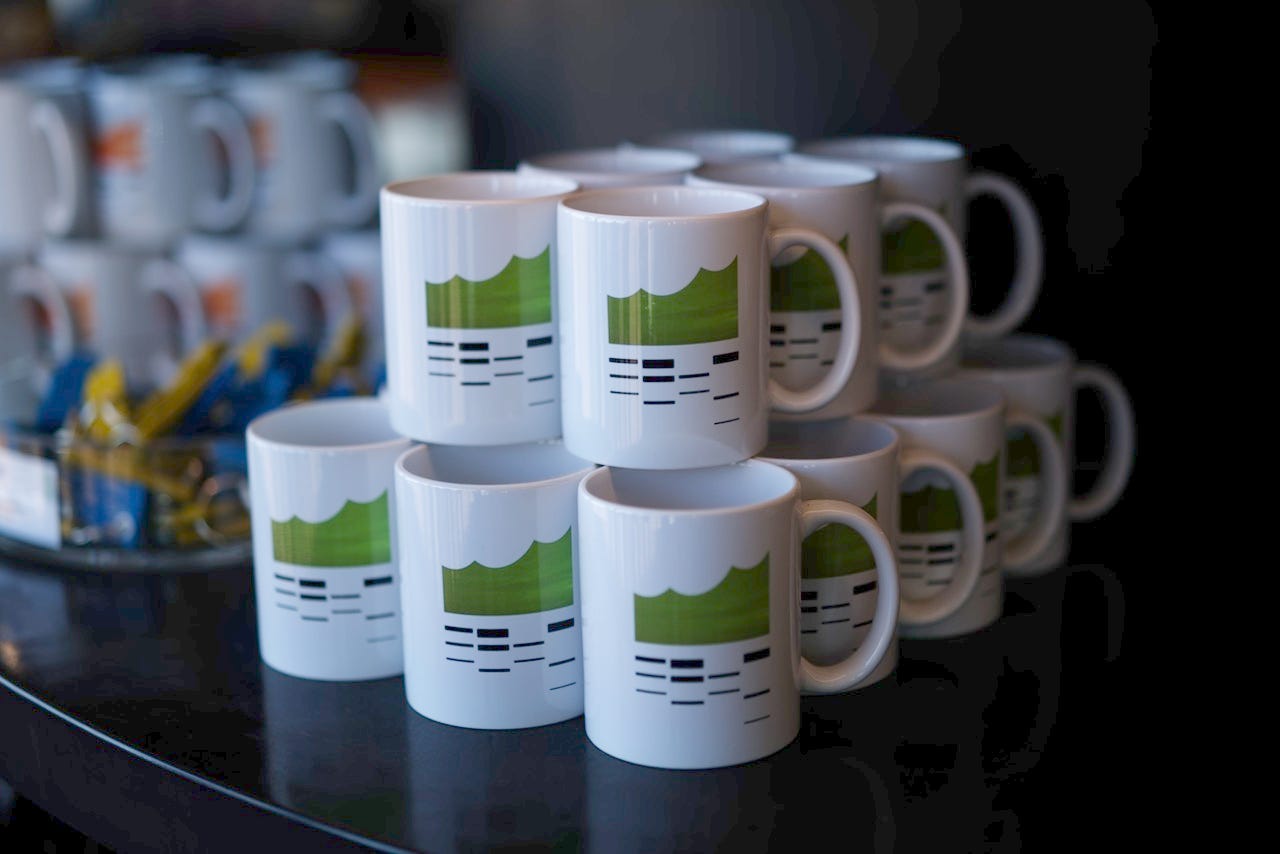What’s In Your Cup?
A Reflection on Vitality, Ritual, and the Quiet Power of Belonging
Dear Koffeemocha Friends,
Recently, I have been reading Buddenbrooks, and to my surprise, I saw something of the Koffeemocha project reflected in Thomas Mann’s generational tale.
At its surface, the novel is a family saga. But underneath, it’s a quiet diagnosis of decline — not from chaos, but from over-ordering. In Mann’s Lübeck, vitality slowly drains from the family line, replaced by polish. The early entrepreneurial grit gives way to aesthetic cultivation, ritual, and respectability. Beautiful, yes — but increasingly brittle.
It made me pause.
Could the same happen to me?
Could Koffeemocha itself — my newsletter, my encore living, my writing — fall into the Buddenbrookian trap? If I lean too far into polish (refined concepts, perfect essays), do I risk becoming hollow? And if I swing the other way — all raw initiative, no structure — do I burn out or scatter?
That tension between vitality and ritual has been lingering in my mind.
And then, unexpectedly, it appeared again — in the form of a mug.
A Mug, A Reunion, A Moment
This October, our Tongji University Offshore Petroleum Construction EngineeringClass of 1985 will celebrate our 40th reunion in Shanghai. To mark the occasion, the organizers designed a simple gift: a mug, printed with our class name and each graduate’s name.
At first, I saw it as what it is — a keepsake. Practical. Ordinary.
But then I paused.
And something shifted.
Suddenly, this mug felt like a call — not just to memory, but to vitality in practice.
Because a mug is not just a container for coffee. It can be a vessel for stories, belonging, and meaning.
So I posted in our WeChat group:
“我就用这只杯子喝咖啡,每一口都有归属感 ( I’ll use it for coffee. And with every sip, I’ll taste the belonging within )”
Our class monitor, Benjamin, replied:
“一杯咖啡,被你喝出了使命感 😂 ( One cup of coffee, and you’ve turned it into a mission)”
We laughed.
But he wasn’t wrong.
So I wrote this poem in response:
一只杯子里的使命感
班长Benjamin 在群里笑我:
“一杯咖啡
被你喝出了使命感 😂。”
我笑了,
却承认他说得对。
因为在这只同济的纪念杯里,
我隔空喝出了归属感。
I laughed too.
But I had to admit — he was right.
Because in this commemorative mug from Tongji,
I could taste belonging across time and space.
四十年前,
我们说的是钢铁的语言。
节点、焊缝、荷载传递,
一条条线,
画出了纪律与秩序。
Forty years ago,
We spoke the language of steel —
Joints, welds, load transfers.
Line by line,
We drafted discipline and order.
后来,
我跳下同济的顺畅列车,
登上硅谷的疯狂过山车。
图纸变成数据库,
桁架变成代码。
Later,
I jumped off the smooth train of Tongji
And boarded the wild rollercoaster of Silicon Valley.
Blueprints became databases,
Trusses became code.
再后来,
我想建造一些不同的东西。
不是平台,
而是可以体验不同的玩味。
于是有了 koffeemocha。
And later still,
I longed to build something different.
Not a platform —
But an experience,
A space for depth and play.
And so, Koffeemocha was born.
这时候,
这只杯子出现了。
普通的陶瓷,
却能盛下
四十年的笑声与归属。
Then, this mug appeared.
Plain ceramic.
And yet, it holds
Forty years of laughter and belonging.
我说:
“我就用它来喝咖啡,
每一口,
都有归属感。”
I said:
“I’ll use it for coffee.
And with every sip,
I’ll taste belonging.”
所以,
我想问你:
你的杯子里,
装的是什么?
So now I ask you:
What’s in your cup?
当我们各自举起它,
举起的不是咖啡,
而是我们集合的历史,
共同的玩味。
When each of us lifts ours,
We’re lifting not real coffee —
We’re lifting our shared history,
And the whole spirit of playful meaning we built.
+++
Vitality Over Ritual
This is what I mean when I say: the mug is not about ritual — it’s about vitality.
Ritual gives us structure. Form. It’s the cup; But vitality is what fills it.
Without vitality, a reunion is just a calendar event.
With vitality, even a simple mug becomes electric with laughter, memory, and meaning.
What Is Vitality?
In the everyday sense, vitality is the spark — the felt energy of being alive. It’s not just physical health or sleep metrics. It’s enthusiasm, resilience, and the will to engage with life instead of retreating from it.
Without it, life feels routine. With it, everything — even coffee — feels alive.
In the Philosophical Sense Vitality is the animating force of existence.
Schopenhauer called it the “will to live”; Nietzsche framed it as the capacity to affirm life — even through suffering.
In Buddenbrooks, vitality was slowly replaced by appearances. By the fourth generation, the family still had silverware, but no appetite. Their rituals gleamed. But they were empty.
The Koffeemocha Lens
For me, vitality is initiative — the choice to remix life boldly.
To jump off smooth trains. To ride uncertain roller coasters. To choose curiosity over comfort, and risk over ritual.
Vitality isn’t inherited. It’s not automatic. It’s something we choose — every time we lift the cup.
This mug isn’t just a souvenir.
It’s a mirror.
And it asks me, again and again:
What are you pouring into your life?
Are you drinking ritual — or vitality?
Final Sip
So, I tell my alumni that when we meet in Shanghai, they shouldn’t just look for me at the banquet table or in the photo line.
Look for me in the vitality — in the spark, the mischief, the meaning squeezed from a mug.
Because life is too short for empty cups.
And too precious for polished ones with no stories inside.
With vitality,
Kefei
koffeemocha in NYC


